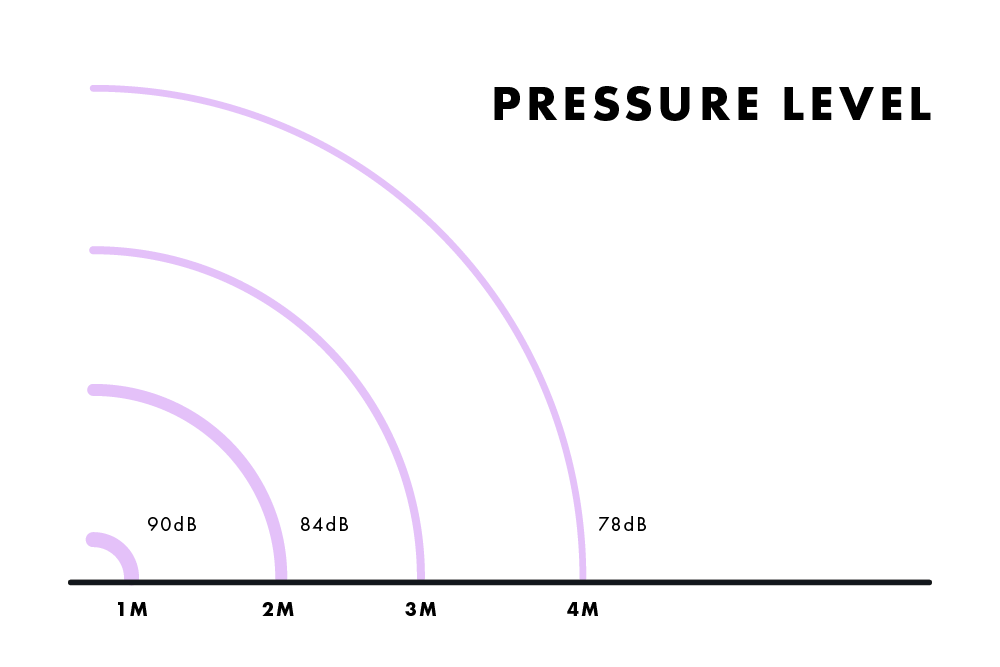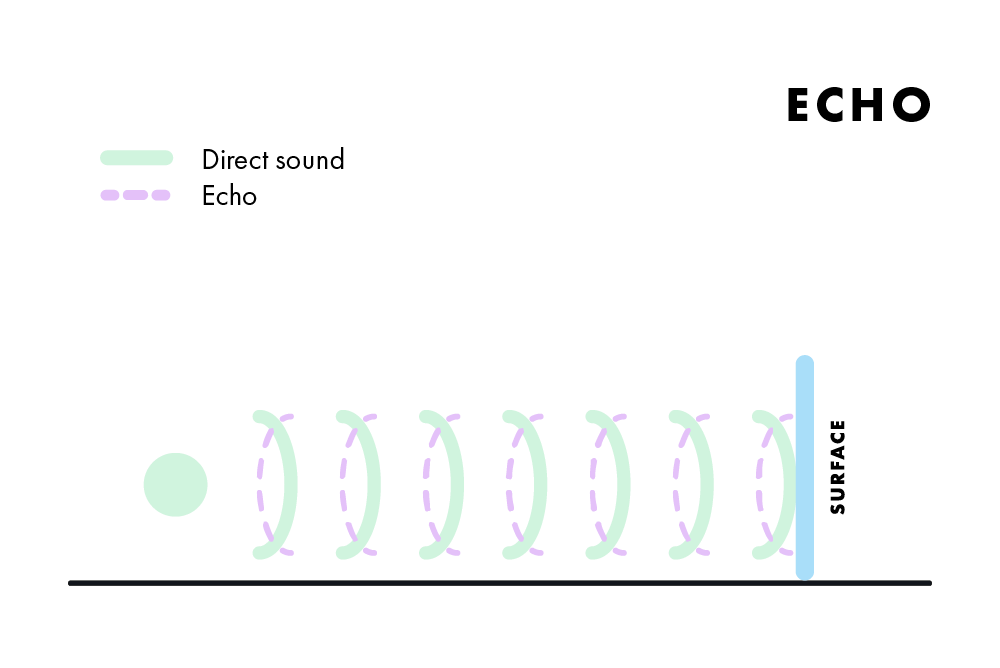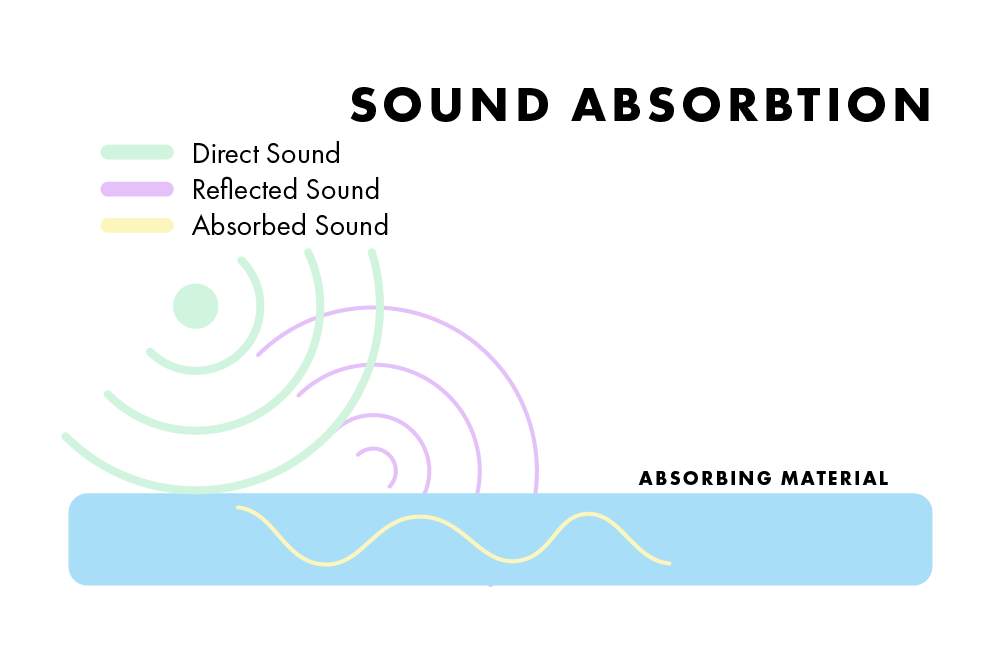What Are Room Acoustics?
The acoustic environment of a room plays a crucial role in people’s health, comfort, and productivity. Acoustic properties are therefore essential in offices, educational centers, and commercial spaces to ensure clear sound and speech intelligibility. Every surface and furnishing within a room has its own acoustic behavior, which must be coordinated with other elements for optimal performance. At Yamamah Smart, we provide comprehensive acoustic solutions tailored to meet national standards and enhance interior comfort.
Acoustic Fundamentals
Acoustics is the science of controlling how sound behaves in enclosed spaces. This includes reducing noise transmission between areas and managing the acoustic qualities within a room. Key factors include reverberation time, echo, sound absorption, sound pressure levels, and frequency, all of which impact the overall sound experience.
Sound Wave Propagation: Pressure Level
Sound waves travel through air by creating tiny fluctuations in pressure. Although these changes are small, they can be detected by the human ear. The softest sound a person can hear is known as the threshold of hearing. Sound intensity is measured by the Sound Pressure Level (SPL) in decibels (dB) on a logarithmic scale.

Sound Wave Propagation: Frequency
Frequency refers to the number of vibrations per second. Higher frequencies result from faster particle vibrations. Human hearing ranges from 20 Hz to 20,000 Hz, while normal human speech usually falls between 250 Hz and 2,000 Hz. The ability of sound to travel is also influenced by surrounding materials, such as walls, floors, ceilings, and furnishings.

Reverberation Time
Reverberation time measures how long it takes for a sound to decrease by 60 dB after the source stops emitting. This time depends on the materials in a room—stone, wood, carpet, or fabric absorb sound differently. Therefore, reverberation time is influenced by the surfaces’ absorption properties and the room’s size and volume.

Echo
Echo occurs when reflected sound waves reach a listener after a delay, which can interfere with conversations and amplify unwanted noise. The delay depends on the distance between the sound source, reflective surfaces, and the listener. Managing echo is key to creating a clear acoustic environment.

Sound Absorption
Sound absorption aims to reduce sound energy by converting it into heat. Materials with high absorption coefficients remove energy from sound waves, reducing their intensity. The absorption coefficient (α) indicates how much sound is absorbed:
- α = 0: no sound is absorbed; all sound is reflected.
- α = 0.5: 50% absorbed, 50% reflected.
- α = 1: all sound is absorbed.
At Yamamah Smart, we employ advanced materials and technologies to maximize sound absorption and provide calm, comfortable, and acoustically optimized spaces.
